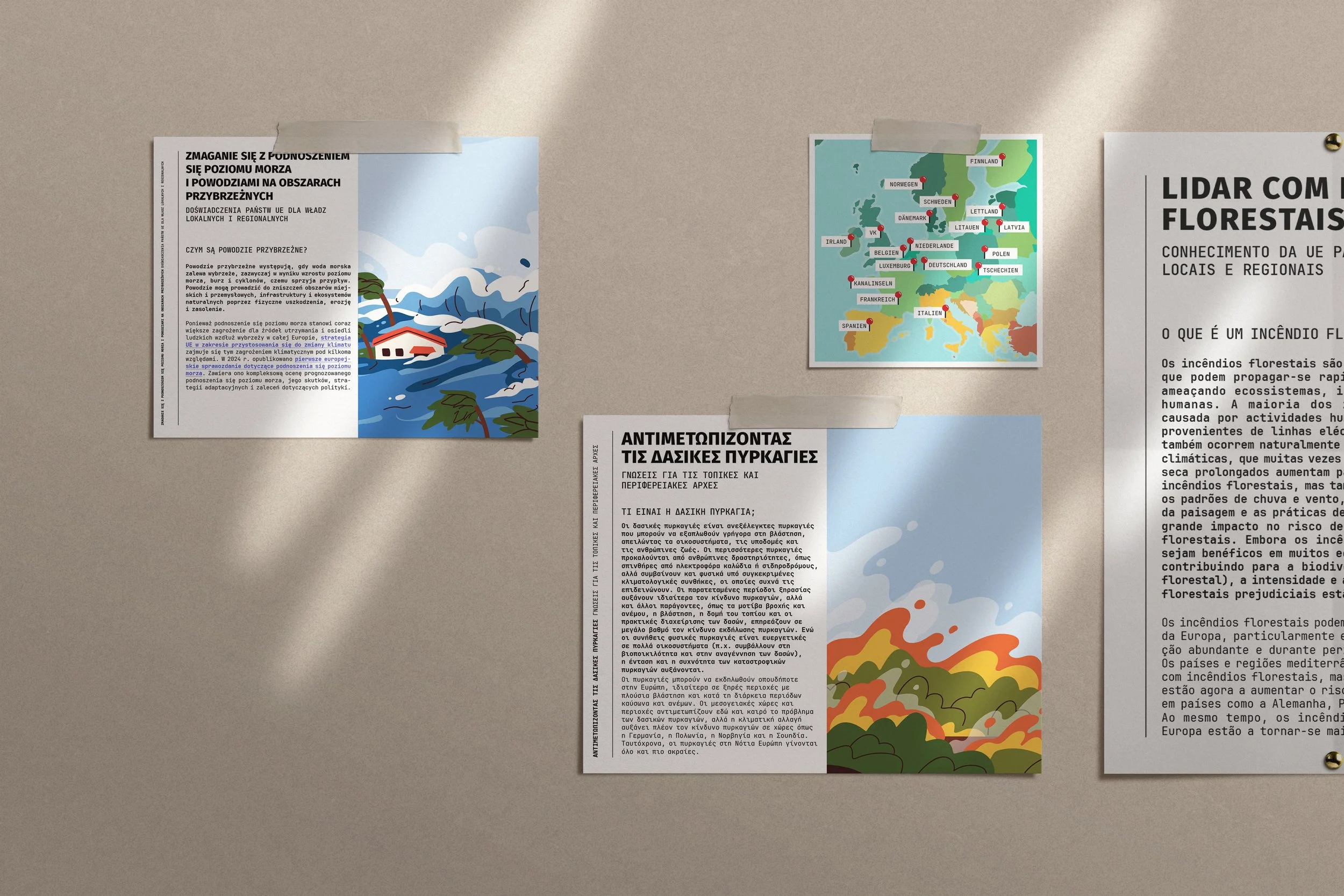Multilingual typesetting
Hello amazing people working across borders!
I've been absolutely obsessed with multilingual typesetting lately and I feel like it's one of those things that just doesn't get enough love. In all honesty, when you start diving into it, you realise it's this incredible dance between design, culture, and communication, and honestly, it works in perfect harmony when you get it right.
The thing about language expansion (oh and it's wild)
Here's something that blows my mind everytime: when you translate English into French or Spanish, your text can expand by 10-20%. And then there's German with their compound nouns that could do with a page of their own. I mean, just compare 'speed limits' against 'Geschwindigkeitsbeschränkungen', it's almost three times the space! Note to self: leave some extra white space and don't make your text boxes small.
Fonts sensitivity
Another note to self is that you got to check that the chosen fonts actually support the EU languages you're working with, and by this I mean all twenty-four official languages. But here's the beautiful part: if your font is something like JetBrains, you can find glyphs there for languages like Polish, Croatian or Hungarian, or the version for script languages like Greek.
Colour considerations
Colours can be so tricky. Different colours have different meanings across cultures. While gold signifies money and wealth in loads of countries, in Japan it's blue. These differences can literally make or break the design.
What matters most
Each language has its own typesetting rules, and this is crucial. In Polish typesetting, single letters like 'i' and 'z' can't be left alone at the end of a line. It's these nuanced details that separate professional work from amateur hour.
The absolute best case scenario is working with translation service providers who understand these typesetting nuances. Supply original graphics in editable format (or make it easy for the translator to give you what you need) so they can be localised with ease. And most importantly, always have a native speaker linguist check the work after any crucial changes. Have fun with it, because multilingual typesetting can be so creative when you respect the cultural conventions of each language. In the end, it's all about creating content that resonates with diverse audiences across the EU, making sure everyone is heard, understood, and respected through thoughtful, beautiful design.
Other things:


















